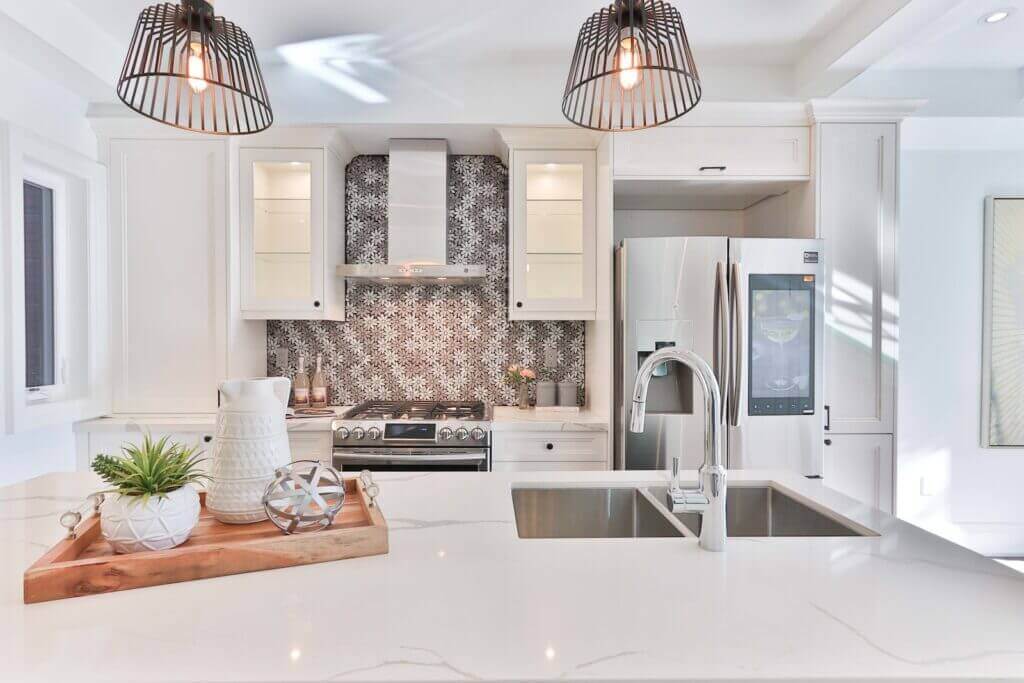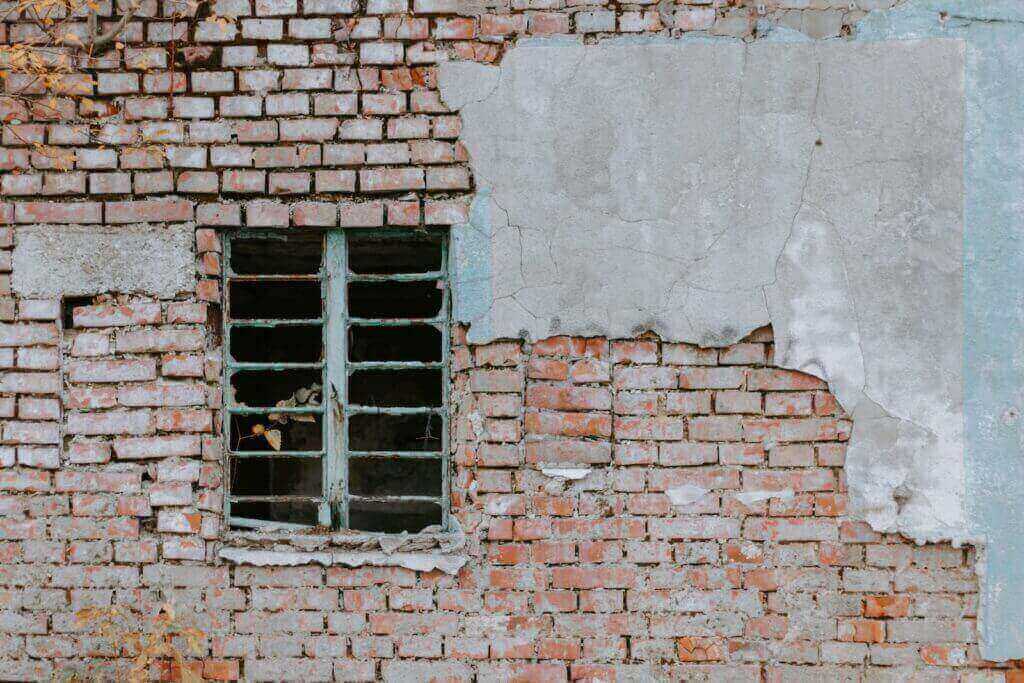When selecting the right glazing bars for different roof types, many factors must be considered to ensure optimal functionality and aesthetics. Glazing bars play a crucial role in providing structural support and weatherproofing for various types of roofs, from conservatories to canopies. With a wide range of materials, profiles, and designs available on the market, it is essential to carefully evaluate the specific requirements of each roof type to determine the most suitable glazing bars. This article will explore the key considerations for selecting the right glazing bars for different roof types. We will offer expert advice and insights to help you make informed decisions for your project.
Compatibility with Various Roofing Materials
The choice of glazing bars must consider compatibility with various roofing materials to ensure a secure and long-lasting installation. For example, when working with glass roofs, it is important to choose glazing bars designed to accommodate the weight and size of the glass panels without compromising their structural integrity. Additionally, for polycarbonate or acrylic roofing materials, it is essential to select glazing bars that can provide the necessary support and sealing to withstand different weather conditions and prevent water infiltration.
When choosing the appropriate glazing bars, it’s important to consider that different roofing materials have specific installation requirements. For instance, metal roofs may require specialised glazing bars with thermal breaks to prevent condensation and heat loss, while timber roofs may benefit from glazing bars treated for weather resistance. By understanding the unique characteristics of each roofing material, you can choose glazing bars best suited for the specific type of roof you are working with, ensuring a secure and visually appealing finish.
Considerations for Load and Weather Resistance
When considering the load and weather resistance of glazing bars for different roof types, it is important to consider the environmental demands that the structure will face. Factors such as wind, snow, rain, and temperature fluctuations can all impact the performance and longevity of the glazing bars. For example, in areas prone to heavy snowfall, it is essential to choose glazing bars that can withstand the weight of the snow without buckling or failing.
The roof load must also be carefully considered when selecting glazing bars. The type of roof, its pitch, and the materials used in its construction will all affect the load the glazing bars must support. It is crucial to ensure that the glazing bars can handle the weight of any additional materials, such as glass panels or solar panels, that may be installed on the roof. Considering these factors, you can ensure that the glazing bars chosen for your roof provide the necessary structural support and weatherproofing to protect your building for years.
Aesthetic Implications of Glazing Bar Choices
The aesthetic implications of glazing bar choices are often overlooked but can significantly impact a roof’s visual appeal. The right glazing bar can enhance a building’s overall design and architecture, complementing its style and adding a touch of elegance. For example, choosing a sleek and modern glazing bar for a contemporary flat roof can create a seamless and minimalist look, while opting for a more traditional and ornate glazing bar can enhance the charm of a period property.
In addition to aesthetics, the right glazing bar can improve a roof’s functionality by providing better insulation, ventilation, and natural light. By selecting a high-quality glazing bar to withstand harsh weather conditions, you can ensure that your roof remains durable and watertight for years. Ultimately, the choice of a glazing bar can make a significant difference in a roof’s overall appearance and performance, making it an important consideration for any building project.
Customization Options in Glazing Bar Systems
When it comes to customising glazing bar systems, several options are available to meet specific architectural needs. One key customisation option is the choice of material for the glazing bars. Different materials, such as aluminium, timber, or PVC, can offer varying levels of durability, thermal efficiency, and aesthetic appeal. By selecting the right material, designers and architects can ensure that the glazing bars complement the overall design of the building while providing the required structural support.
Another important customisation option is the profile and design of the glazing bars. Profiles range from simple flat bars to more intricate designs like curved or trapezoidal shapes. The design of the glazing bars can affect the amount of natural light entering the building, the visual appearance of the roof, and the overall energy efficiency of the structure. By choosing a profile that suits the specific architectural requirements, designers can create a unique and functional glazing bar system that enhances the overall aesthetic of the building.
In addition to material and profile options, customising glazing bar systems can also involve the choice of finish, colour, and size. Finishes such as powder coating or anodising can enhance the durability and longevity of the glazing bars. At the same time, a wide range of colour options allows designers to match the glazing bars to the existing building facade. Furthermore, selecting the right size and spacing of the glazing bars is essential to ensure proper support and stability for the roof structure. By considering these customisation options, architects and designers can tailor glazing bar systems to meet the specific needs of each project, resulting in a more cohesive and visually appealing architectural design.


